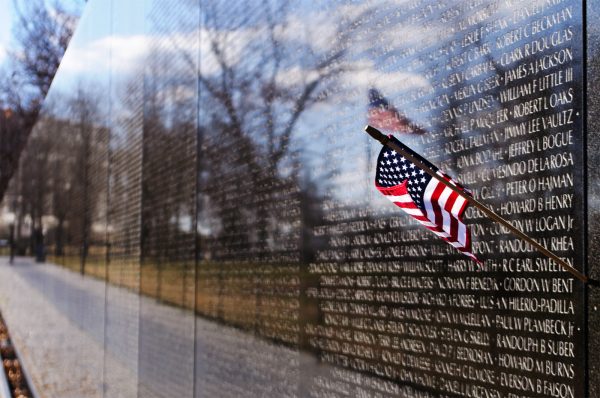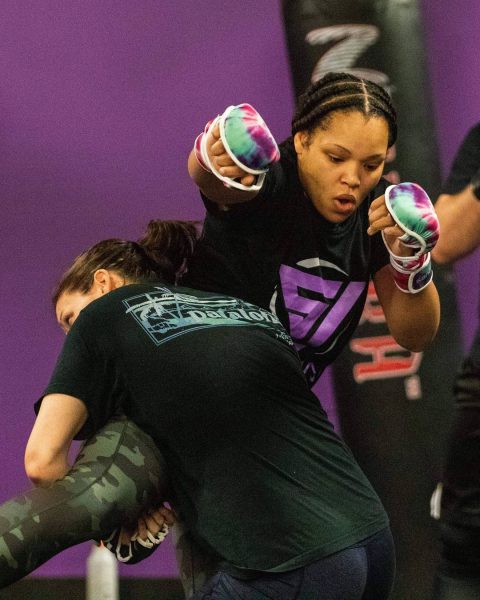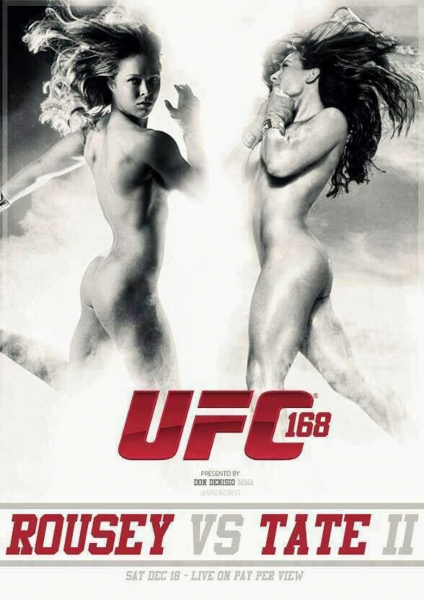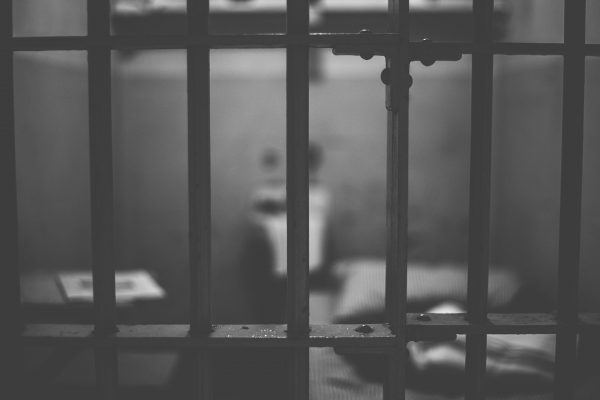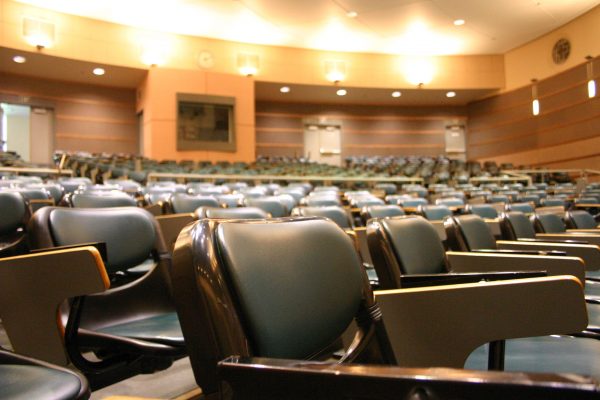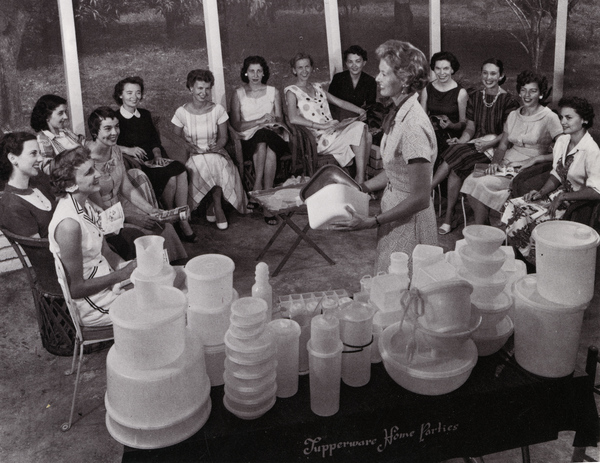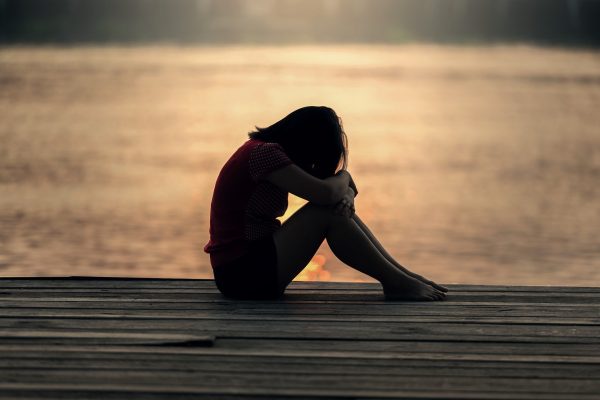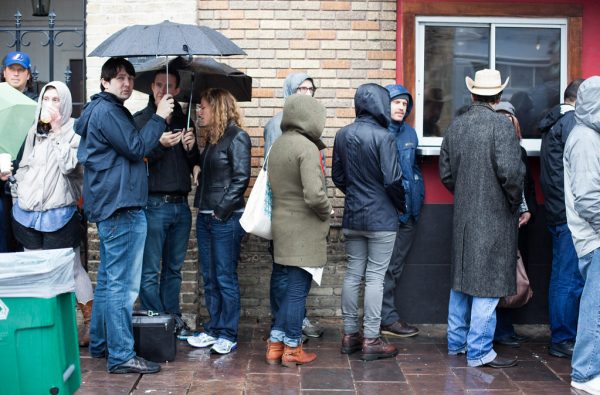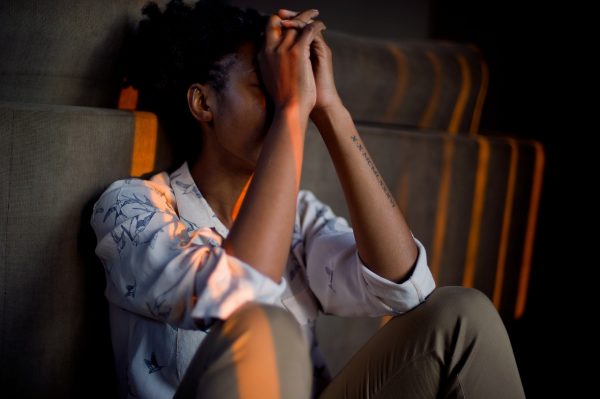
We recently featured new research documenting a broad-based increase in mental health treatment-seeking in the United States. Access to such care remains unequal, however, presenting real and persistent challenges to those in need. Sociologists, and other social scientists, offer important information about these inequalities and the barriers to equitable mental health care.
Over the past few decades there has been growing concern that people are being “overtreated” for mental health issues given increasing rates of mental health treatment and diagnosis in the population. Nevertheless, there are still many people with mental health conditions who are being “undertreated.” Specifically, there are large gaps between the number of people who have a diagnosable disorder and the number of people who actually receive treatment, particularly for serious mental health issues such as schizophrenia or substance abuse disorder.
- Robert Kohn, Shekhar Saxena, Itzhak Levav, and Benedetto Saraceno. 2004. “The Treatment Gap in Mental Health Care.” Bulletin of the World Health Organization 82(11):858–66.
Research in the sociology of mental health has often focused on the stigma around seeking or receiving mental health care, particularly for marginalized racial or ethnic groups. In fact, white men may be the most likely to have negative perceptions of care when compared to other demographic groups, as Ojeda and Bergstresser report. As the stigma related to mental illness decreases overall, additional research is needed to examine how, why, and for whom this stigma persists.
- Biblia S. Cha, Laura E. Enriquez, and Annie Ro. 2019. “Beyond Access: Psychosocial Barriers to Undocumented Students’ Use of Mental Health Services.” Social Science & Medicine 233:193–200.
- Victoria D. Ojeda and Sara M. Bergstresser. 2008. “Gender, Race-Ethnicity, and Psychosocial Barriers to Mental Health Care: An Examination of Perceptions and Attitudes among Adults Reporting Unmet Need.” Journal of Health and Social Behavior 49(3):317–34.
- Alice P. Villatoro and Carol S. Aneshensel. 2014. “Family Influences on the Use of Mental Health Services among African Americans.” Journal of Health and Social Behavior 55(2):161–80.
- Marija Kovandžić, Carolyn Chew-Graham, Joanne Reeve, Suzanne Edwards, Sarah Peters, Dawn Edge, Saadia Aseem, Linda Gask, and Christopher Dowrick. 2011. “Access to Primary Mental Health Care for Hard-to-Reach Groups: From ‘Silent Suffering’ to ‘Making It Work.’” Social Science & Medicine 72(5):763–72.
Access to mental health care is also limited by mental health practitioners and the mental health care system. In a recent experimental audit study, Heather Kugelmass found that patients with less education and black patients were less likely to receive a response when they sought help from a mental health care provider. In addition, Lincoln and colleagues found that patients with lower levels of literacy found it more challenging to navigate the mental health care system, struggling to fill out paperwork and make health-care decisions along with their care provider. Both the structure of mental health care, and the actions of mental health care providers, can create inequality for patients even after they have decided to seek care.
- Heather Kugelmass. 2016. “‘Sorry, I’m Not Accepting New Patients’: An Audit Study of Access to Mental Health Care.” Journal of Health and Social Behavior 57(2):168–83.
- Alisa K. Lincoln,Wallis Adams, Mara Eyllon,Suzanne Garverich, Christopher G. Prener, John Griffith, Michael K. Paasche-Orlow, and Kim Hopper. 2017. “The Double Stigma of Limited Literacy and Mental Illness: Examining Barriers to Recovery and Participation among Public Mental Health Service Users.” Society and Mental Health 7(3):121–41.
As we’ve recently emphasized, more people are accessing mental health care now than ever before. As the stigma around care decreases, and more people are seeking care, it is particularly important to ensure equitable access. By shedding light on how factors like disability, class, and race affect mental health care, social scientists can ultimately play a role in addressing inequities and alleviating mental distress.

